
City Hall, London
Mayor Boris Takes the Chain
AFTER EIGHT YEARS under Ken Livingstone, London has a new mayor. Boris Johnson, the flamboyant Conservative MP, beat Livingstone by 140,000 votes in a scrappy May election. The former editor of The Spectator and MP for Henley, Oxfordshire, has a long-standing reputation as a something of a self deprecating buffoon with a strong sense of humor. While Johnson had initial difficulty having himself taken quite seriously, the Old Etonian and Oxford scholar certainly needed to show his gravitas and succeeded in silencing his critics.
[caption id="Dateline_img1" align="aligncenter" width="1003"]
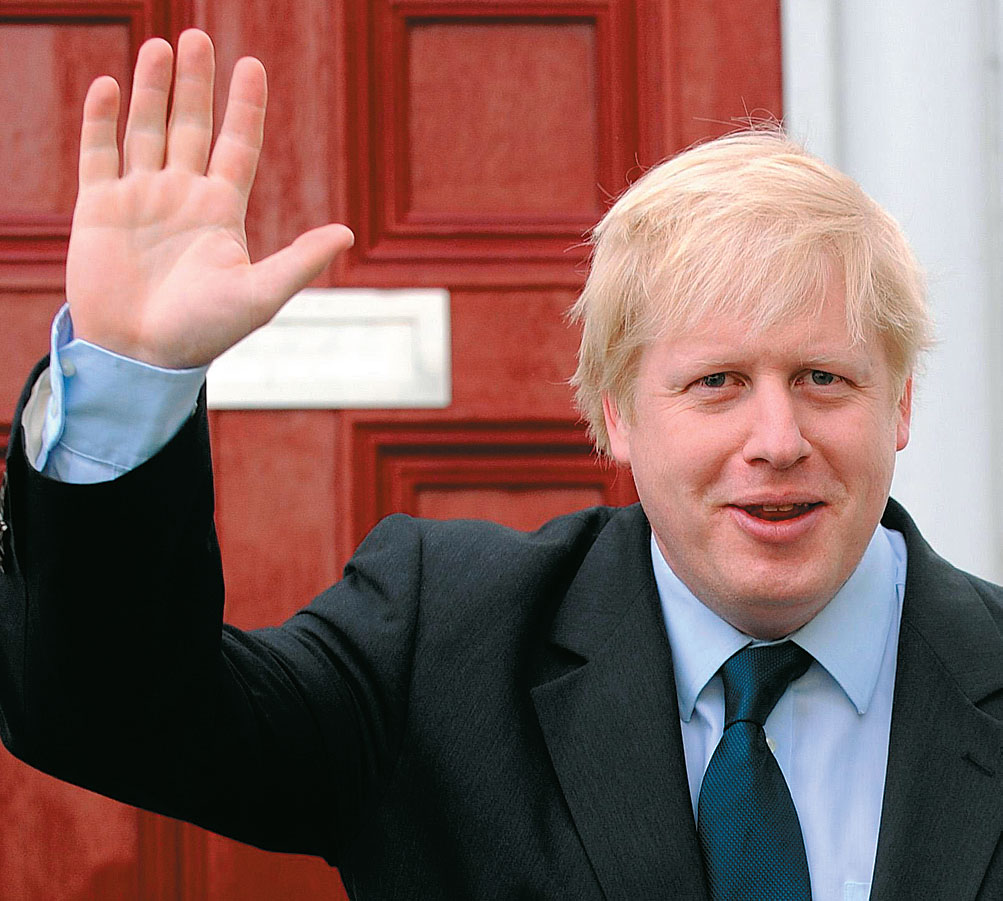
FIONA HANSON/PA WIRE/PA PHOTOS
Mayor Boris has his work cut out for him, though, having promised to tackle issues ranging from street crime and congested public transport to affordable housing and the upcoming 2012 Olympics. He just may have the grit for the job. Among Johnson’s first acts as mayor is a proposed ban on alcohol from London’s Tube and buses. And he immediately sat down with New York City Mayor Michael Bloomberg for a bit of advice on how to run one of the world’s great cities.
Cerne Abbas, Dorset
Finding Britain’s Most Desirable Village
[caption id="Dateline_img2" align="aligncenter" width="740"]
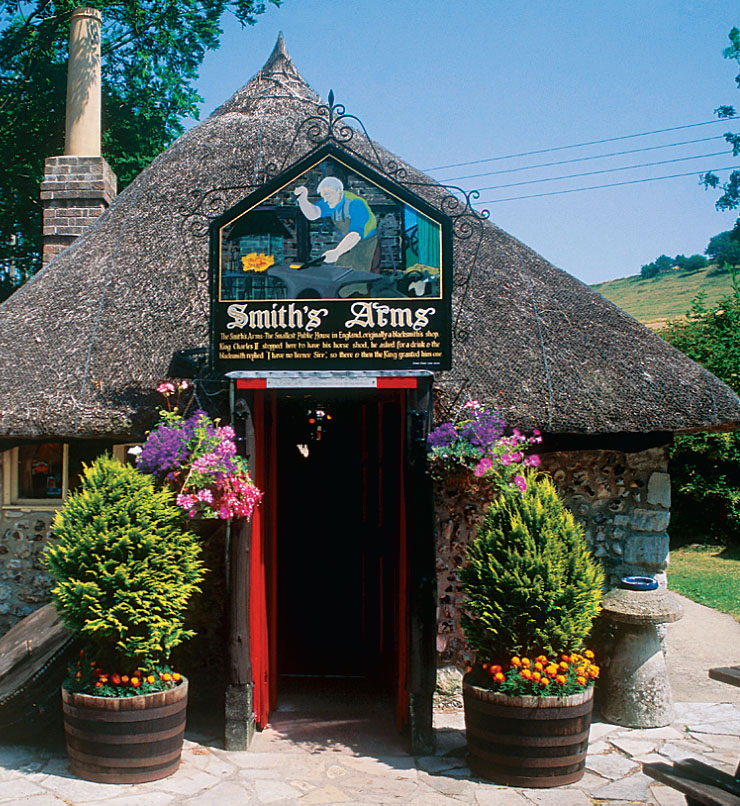
©ACE STOCK LIMITED/ALAMY
THREE PUBS, two tea rooms, a 14th-century church, a new village hall, sports fields and beautiful countryside: That’s what it takes to be the most coveted village in Britain—according to estate agent Savills. At least those are the features that led pretty Cerne Abbas in Dorset to top the leader board in Savill’s survey to find Britain’s 10 most desirable villages.
The Cerne Abbas Giant and picturesque ruins of its 10th-century Benedictine Abbey bring just enough visitors to help sustain the village’s amenities. Cottages running about £500,000 and waiting lists at local estate agents help confirm Cerne Abbas’ desirability. Other villages named in the survey include Long Melford, Suffolk; Llyswen, Powys; Coxwold, North Yorkshire; and Shamley Green, Surrey.
And Just in Passing
[caption id="Dateline_img3" align="aligncenter" width="440"]

DAVID JONES/PA WIRE/PA PHOTOS
WELSH JUBILANT OVER GRAND SLAM REPRISE
Once again Wales had reason to celebrate, and took every advantage of it. For the second time in four years, the Welsh rugby team clinched a Grand Slam in the annual Six Nations tournament, defeating each of the five much larger competing nations—France, Italy, Scotland, England and Ireland. The final game was a big 29-12 victory over France in Cardiff’s Millennium Stadium in front of a partisan crowd of 75,000.
[caption id="Dateline_img4" align="aligncenter" width="440"]
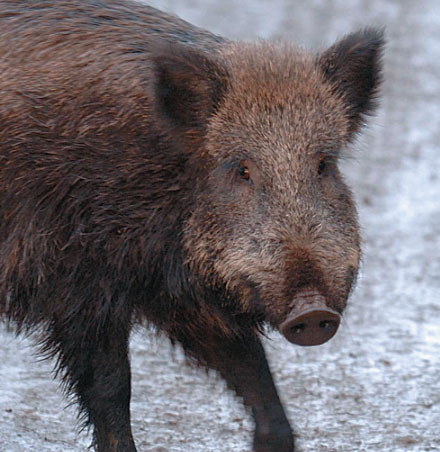
BARRY BATCHELOR/PA ARCHIVE/PA PHOTOS
WHAT A BOARING PROBLEM!
The hunting and eating of wild boar was once so popular that the species was extinct in the wild in England for 350 years. No longer. Significant breeding populations of boar now exist in Dorset, Dartmoor, the Forest of Dean and on the Kent/Sussex border. Authorities are trying to figure out what to do with the growing numbers.
[caption id="Dateline_img5" align="aligncenter" width="440"]
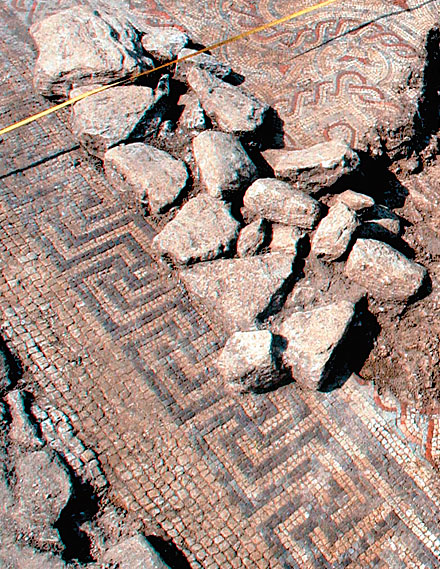
©ROGER BAMBER/ALAMY
“NEW” ROMAN VILLA DISCOVERED NEAR PETERBOROUGH
The remains of a Roman villa that lay unnoticed over the centuries have been uncovered in an ancient woodland at Bedford Purlieus, Cambridgeshire. Archaeologists, who date the villa back to as early as the 2nd century, are said to be “blown away” by the discovery and are talking now of how to undertake further archaeological work on the site.
[caption id="Dateline_img6" align="aligncenter" width="440"]
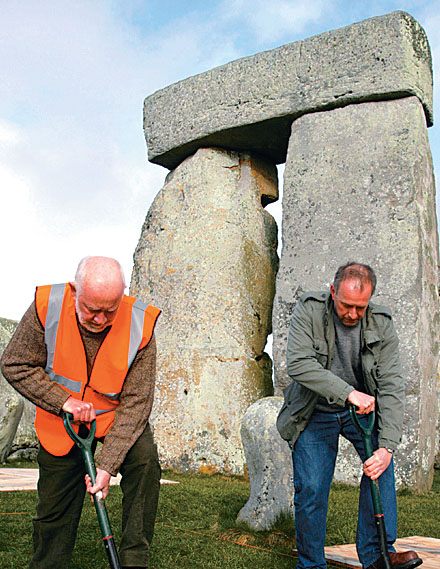
CHRIS ISON/PA WIRE/PA PHOTOS
EXCAVATIONS UNDER WAY AT STONEHENGE
For the first time in more than 40 years, archaeologists have had a dig at Stonehenge. The excavations inside the ring are aimed at establishing with some accuracy the monolith’s precise creation date. Any revelation as to the henge’s actual purpose will be regarded as a bonus. Funded by the BBC, the dig’s results are expected to be broadcast in a TV special this autumn.
Heathrow, London
T5 Teethes Into Takeoff
[caption id="Dateline_img7" align="aligncenter" width="1003"]
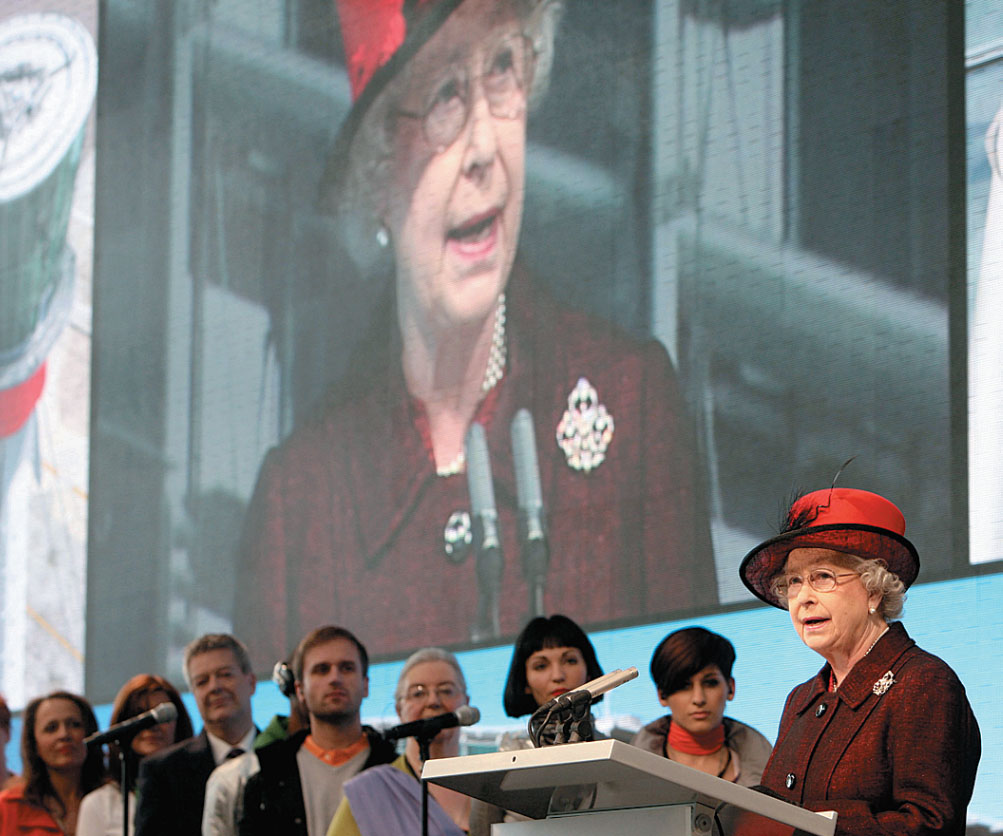
ANWAR HUSSEIN COLLECTIONS/EMPICS ENTERTAINMENT/PA PHOTOS
AS THEQUEEN officially opened Heathrow Airport’s much anticipated Terminal 5, she described it as “a 21st century gateway to Britain and, to us, the wider world.” That may still be, but the operational inauguration of the spacious $8.5 billion terminal on March 27 left many wondering what century they were in. The first week saw hundreds of flight cancellations and untold thousands of disgruntled travelers. At one point, the backlog of baggage numbered some 28,000 pieces as equipment malfunctioned, workers proved inadequately trained and highly vaunted systems of handling luggage and passengers just plain didn’t work right.
Both British Airways and the British Airport Authority took it on the chin from passengers and politicians of every stripe. Aviation Minister Jim Fitzpatrick said with typical British understatement that the opening of the terminal had fallen “well short of expectations.” They got it right eventually, and the UK’s largest free-standing building at the world’s busiest international airport proves to make Heathrow a much more people-friendly point of entry into Britain.
RAF Odiham, Hampshire
Prince Pilots Into PR Problems
[caption id="Dateline_img8" align="aligncenter" width="736"]
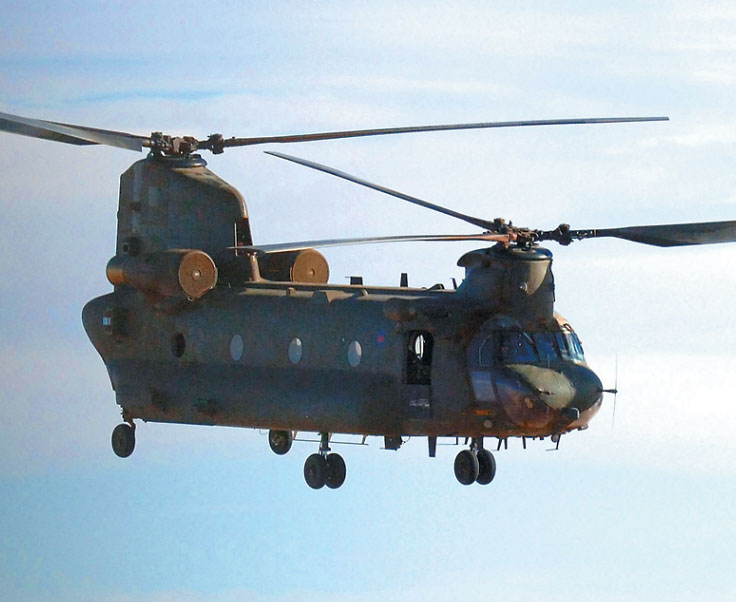
STEVE PARSONS/PA ARCHIVES/PA PHOTOS
DASHING PRINCE WILLIAM became embroiled in a major row this spring, landing his RAF superiors, at least, in hot water. It seems the prince, who received his RAF pilot wings in April (from his father, no less), flew a variety of ostensibly training sorties into inappropriate territory. Piloting a £10 million Chinook helicopter, Prince William did a flyover of his father’s Gloucestershire home, Highgrove, and later his grandmother’s Norfolk residence, Sandringham. Then he practiced takeoffs and landings in the field in back of girlfriend Kate Middleton’s house. On another occasion, he flew down to the Isle of Wight for his cousin’s stag party, stopping to pick up Prince Harry at a London barracks en route. Needless to say, these “training exercises” (that cost £15,000 per hour) hardly conform to standard RAF procedures. Neither the RAF brass nor the British public was amused at the princely hijinx.
Edinburgh, Midlothian
Record Visits to Scotland’s Heritage
[caption id="Dateline_img9" align="aligncenter" width="1024"]
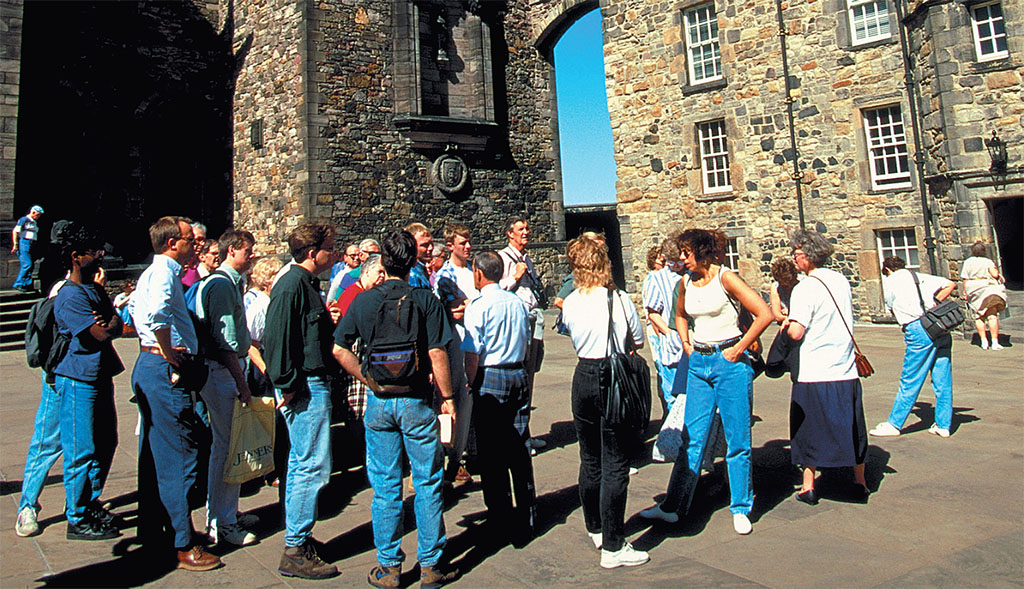
BRITAINONVIEW
THE NATIONAL preservation agency, Historic Scotland, has announced a record number of visitors for 2007-08 to Scotland’s historic heritage sites—with a 2 percent increase over the previous year. Of these sites, Edinburgh Castle continues to lead the way, with nearly a million and a quarter visitors last year. Even the remote stone megalith at Skara Brae on the northern isle of Orkney, however, saw a visitor increase of 9 percent. “It’s fantastic that despite a competitive and challenging climate for tourism, Historic Scotland is continuing to break records,” said Peter Bromley, Historic Scotland’s director of properties.
Hurstpierpoint, Sussex
An Actor for All Seasons
[caption id="Dateline_img10" align="aligncenter" width="740"]

AP PHOTO/FILES
THE THEATER WORLD MOURNED the passing this spring of Paul Schofield, long regarded one of Britain’s greatest Shakespearean actors, at age 86. In a stage career spanning six decades, Schofield is remembered for having played virtually all the great Shakespeare roles, many of them with the Royal Shakespeare Theatre in Stratford. He may be best remembered to worldwide audiences for his brilliant Oscar-winning performance as Sir Thomas More in 1967’s A Man For All Seasons. Richard Burton once remarked, “Of the 10 greatest moments in the theater, eight are Schofield’s.”
And Just in Passing
[caption id="Dateline_img11" align="aligncenter" width="440"]
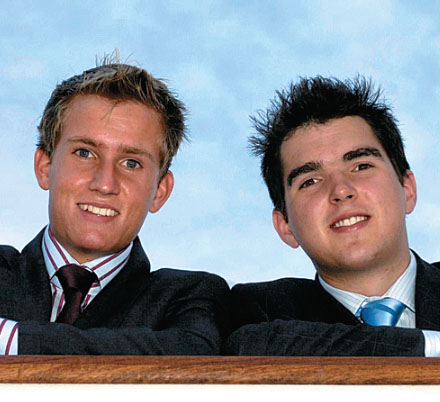
ANDREW STUART/PA WIRE/PA PHOTOS
POLE TO POLE FOR YOUNG ENGLISH PAIR
Rob Gauntlett from Petworth and James Hooper from Wellington, both 20, have completed an epic journey, traveling 26,000 miles from the North Pole to the South Pole using only natural sources of power (largely human). The young adventurers skied, cycled, sailed and dog-sledded through 13 countries on a trek that took almost a year to complete.
[caption id="Dateline_img12" align="aligncenter" width="397"]

©NIKREATES/ALAMY
RACING FOR THE RED SOCKS
More than 150 runners from across South Lanarkshire are expected to compete this June in the 500th annual Carnwath Red Hose Race. Introduced in 1508 by James IV, the three-mile race’s purpose was to find the fastest runner in the village, who could carry the news of imminent invasion to Edinburgh. Red hose have remained the prize, by which the speedy messenger could be identified.
[caption id="Dateline_img13" align="aligncenter" width="445"]

©DENNIS MACDONALD/ALAMY
SAY “PLEASE” AND “THANK YOU” IF YOU PLEASE
A survey conducted for ITV1’s Tonight program concluded that the biggest problem facing British society today is bad manners. Some 86 percent of those surveyed felt that Britons have become much ruder over the past decade. Queue jumping, swearing, inconsiderate driving and mobile phone use in public were among the annoying social offenses cited.
[caption id="Dateline_img14" align="aligncenter" width="440"]
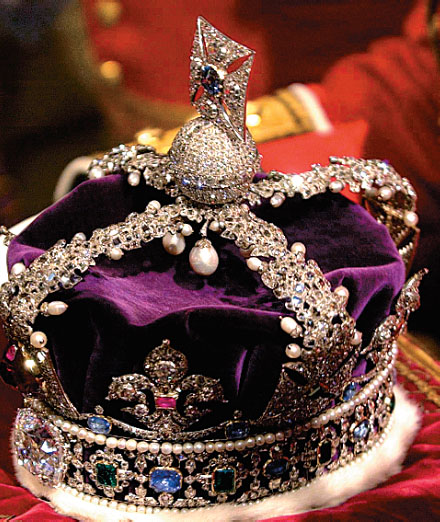
JOHN STILLWELL/PA ARCHIVE/PA PHOTOS
CHANGING THE ROYAL RULES
In a historic move certain to be controversial, Solicitor General Vera Baird intends to steer through the Commons a bill repealing the 1701 Act of Succession. Such a law would scrap the centuries-old tradition of male right of succession to the throne, giving a royal daughter equal claim to the throne, and end the legal bar to the royal heir marrying a Catholic.
Much Wenlock, Shropshire
Modern Olympics Start in Shropshire
[caption id="Dateline_img15" align="aligncenter" width="1003"]

SABINE HUTCHINSON
ONCE AGAIN THIS SUMMER, the forerunning event of the modern Olympics will be held in Shropshire. The Wenlock Olympian Games were first held in 1850, inspired by Dr. William Penny Brookes. Credited with introducing physical education into British schools, Brookes conceived of the games for the “promotion of moral, physical and intellectual improvement.”
It was after visiting Brookes and the Wenlock games that Baron de Coubertain was inspired to translate them onto an international stage—leading to the revival of the modern Olympics in 1896. While the Olympics and the Wenlock games have a rather different cast, with the Olympics eliminating such competitions as glee singing and wheelbarrow racing, it is still hoped that “the old women’s race” for a pound of tea will be reintroduced as an Olympic sport. The 120th Wenlock Olympian Games will be held July 7-10 in Much Wenlock.
Westminster, London
Finally, Closing the Inquest Book
[caption id="Dateline_img16" align="aligncenter" width="732"]
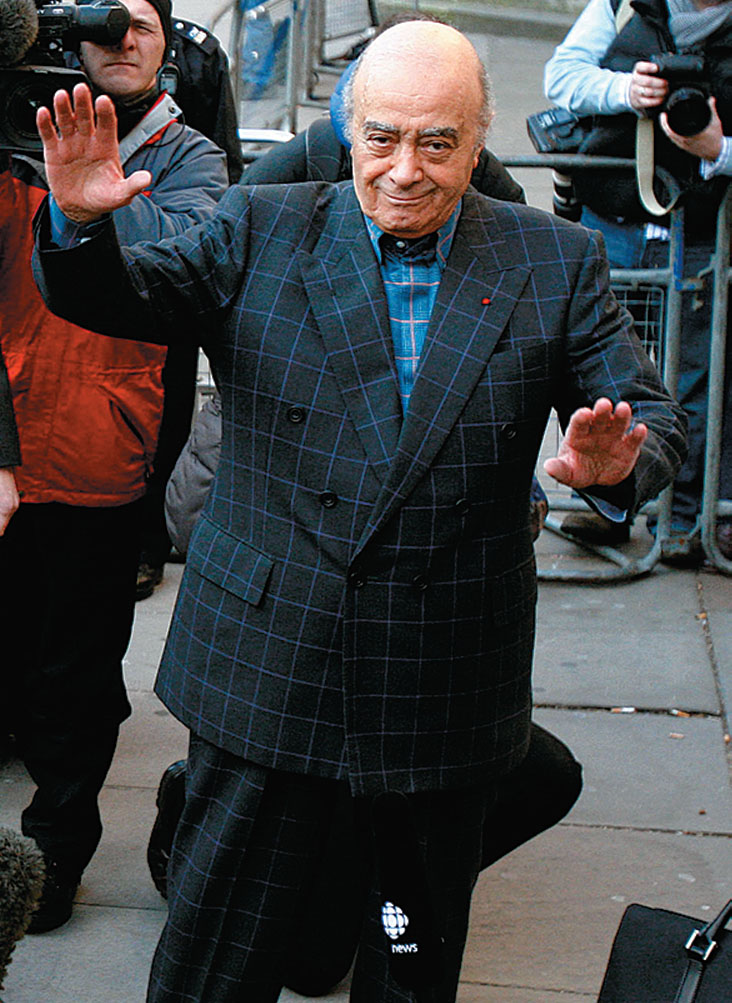
REUTERS/ALESSIA PIERDOMENICO
THE SIX-MONTH, £7 million inquest into the deaths of the late Princess Diana and Dodi Al Fayed has limped to a close with a whimper rather than a bang. Though the proceedings were not without an occasional moment of interest, the outcome was not unexpected. Coroner Lord Justice Scott Baker virtually ridiculed Mohamed Al Fayed’s continuing assertion that the unfortunate deaths were caused by MI6 on the directions of the Duke of Edinburgh. Lord Baker eliminated murder as a possible verdict for the jury on the reasonable grounds that there was absolutely no shred of proof that the accident had been anything other than just that—an accident. British taxpayers largely yawned, and paid the bill.
Blaenavon, Torfaen
Heritage Centre Opens in the Valleys
[caption id="Dateline_img17" align="aligncenter" width="1024"]
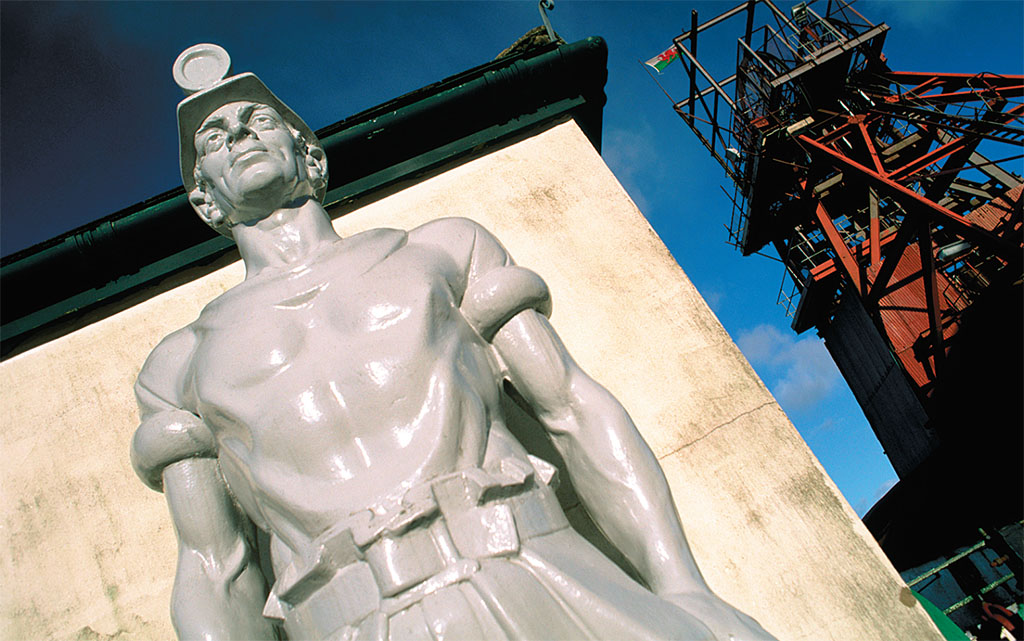
©SNAPPDRAGON/ALAMY
THE FIRST WORLD Heritage Centre in Britain has been opened in the south Wales valleys. The $5 million visitors center highlights the rich industrial history of the former ironworks and coal town and provides the centerpiece of the town’s dramatic regeneration. UNESCO designated the area a World Heritage site in 2000 because of south Wales’ importance as the world’s major 19th-century producer of iron and coal. Built out of a rundown Victorian school, the new center will illuminate to visitors why Blaenavon deserves the same honor accorded such places as the Taj Mahal and the Acropolis.
Stirling, Central
Disfiguring the Highland Landscape
[caption id="Dateline_img18" align="aligncenter" width="470"]
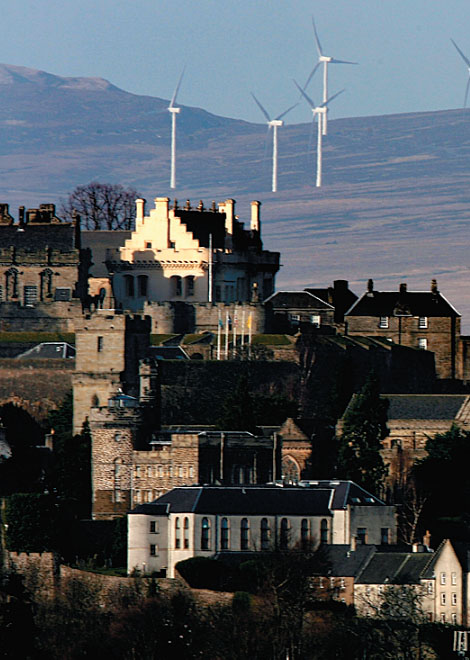
GETTY IMAGES
AS IT HAS BEEN a dozen times through its colorful history, Stirling Castle is under siege. This time, however, the army is a phalanx of wind turbines. A wind farm of three dozen 328-foot towers spreads across the Braes O’Doune above Stirling, dominating the skyline of the city and its famous castle.
Many Stirling residents are riled up, claiming the towers have blighted one of Scotland’s loveliest landscapes. “It is an eyesore,” said John Digney of the Scottish Wild Land Group. “As you approach the city, this is your first glimpse of the Highlands and these turbines detract from the whole scene.” The Stirling controversy is just a foretaste of rows to come. Under European planning guidelines, Britain may actually erect as many as 20,000 such electricity producing towers across the landscape over the next 12 years.
And Just in Passing
[caption id="Dateline_img19" align="aligncenter" width="440"]
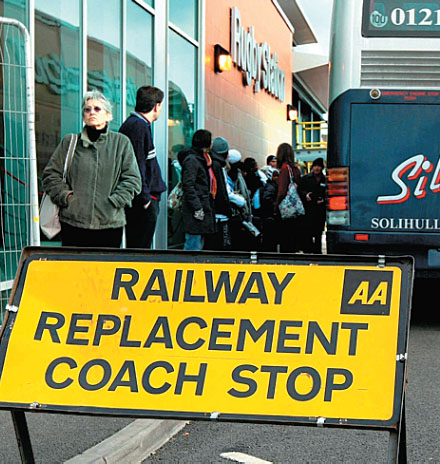
DAVID JONES/PA WIRE/PA PHOTOS
NETWORK RAIL PAYS SILLY £14 MILLION FINE
The cause of the fine is hardly silly; the Office of Rail Regulation imposed it for disruptive overruns on engineering work impacting thousands of passengers in the West Midlands and at London’s Liverpool Street station over the winter. Still, Network Rail is effectively a public organization, meaning the fine will be paid by taxpayers. Go figure.
[caption id="Dateline_img20" align="aligncenter" width="440"]
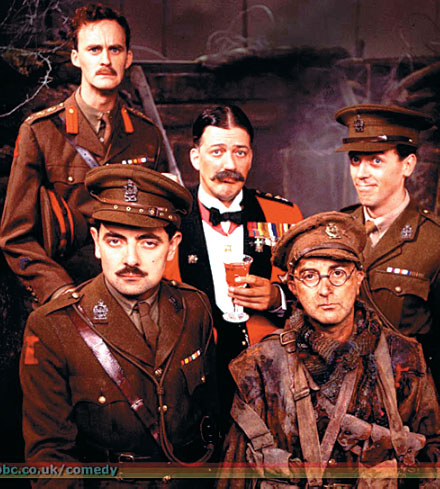
COURTESY OF BBC
BRITISH HUMOR FOUND TO HAVE A GENETIC CAUSE
Researchers at the University of Western Ontario have studied the matter, and concluded that the British predisposition to sarcastic and self-deprecating humor is rooted in the little grey cells. “Negative humor” was found to be genetically linked to Britain, while in other countries it is learned behavior. Blackadder and Fawlty Towers were cited as examples in the study.





Comments